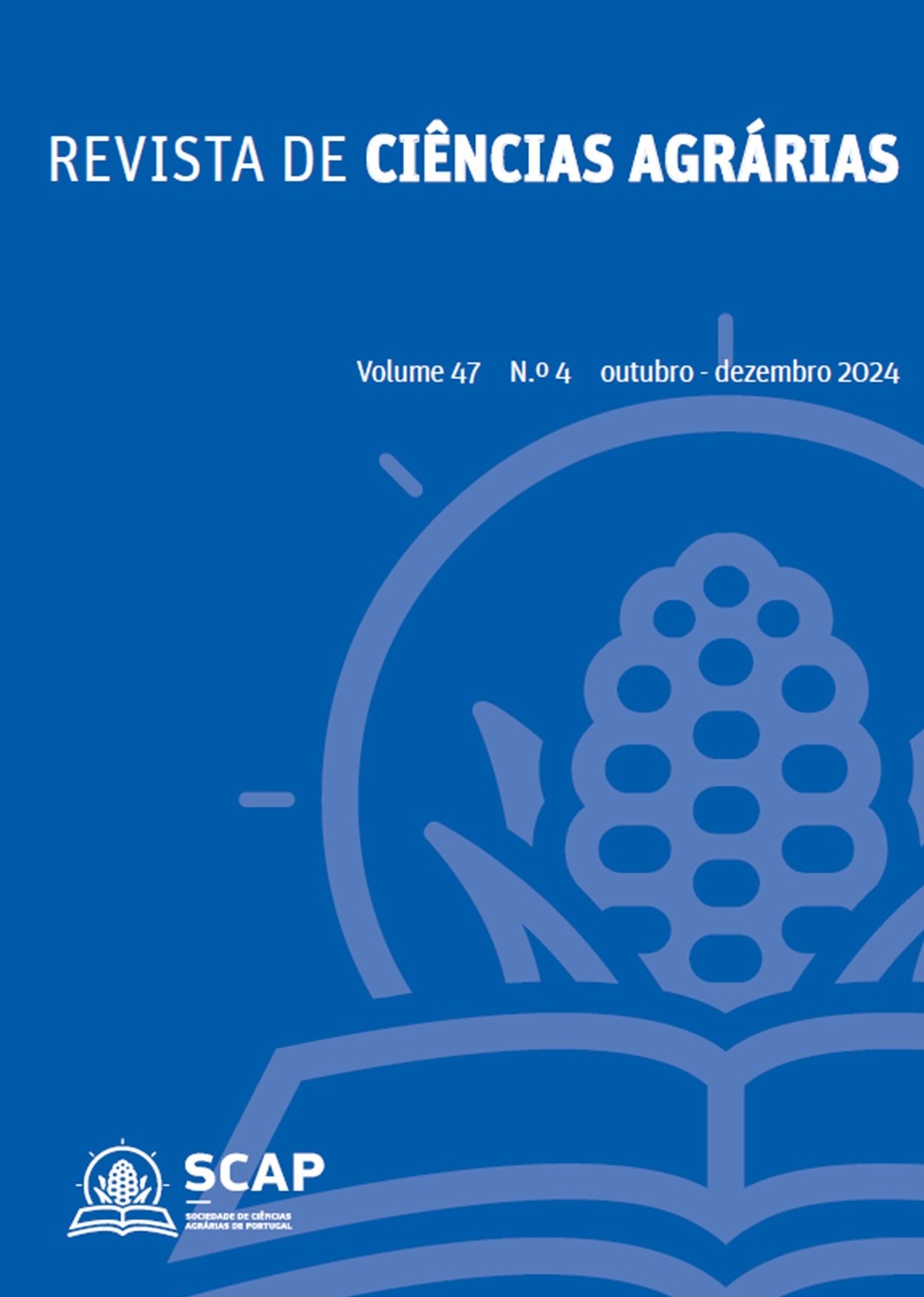Comparing approaches for evapotranspiration partitioning: single vs. dual crop coefficients
DOI:
https://doi.org/10.19084/rca.38548Abstract
Soil evaporation and crop transpiration are fundamental processes in modelling water transport, which is crucial for irrigation planning and scheduling. This study compares two methods to determine these components of crop evapotranspiration: (i) the straightforward single crop coefficient method, and (ii) the dual crop coefficient method, which may be more suitable for daily irrigation scheduling. Experimental data were collected from a spinach crop grown in pots between June and September 2022, using drip irrigation with three different soils (two sandy loams and one loam), inside a polytunnel, during two growth cycles. Meteorological data, plant height, and root depth were measured onsite. The particle size distribution was used to obtain soil hydraulic properties for dual crop coefficient method. Soil cover fraction was obtained with the Canopeo software. The results showed that crop evapotranspiration and its partitioning in evaporation and transpiration differ between the two methods. The single crop coefficient method resulted in overall lower crop evapotranspiration throughout the growth cycles, while attributing a relatively larger proportion of evapotranspiration to evaporation, particularly after the midpoint of the growth cycles.


